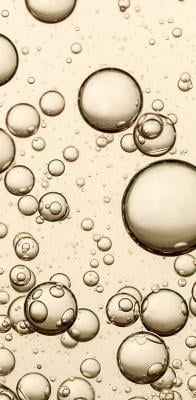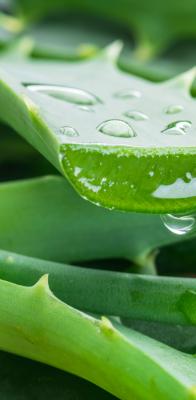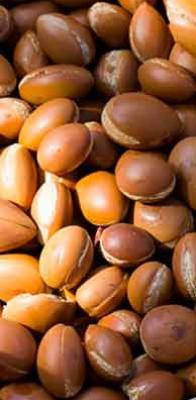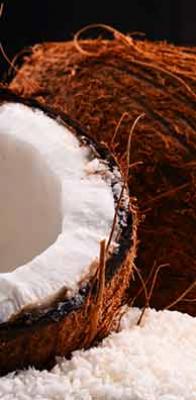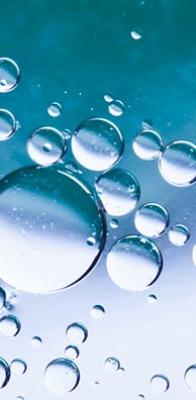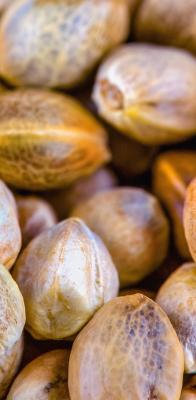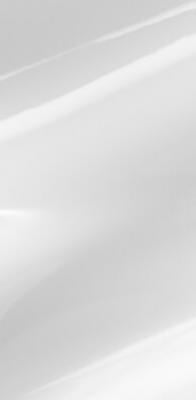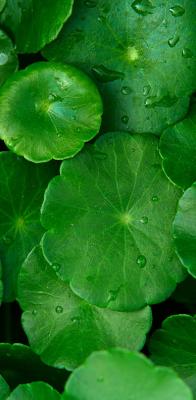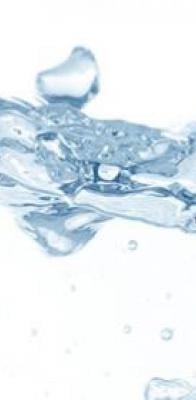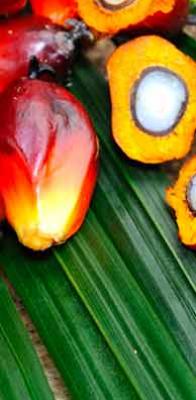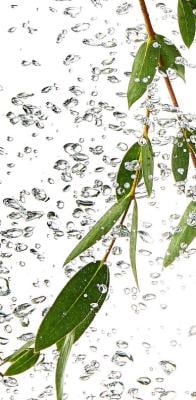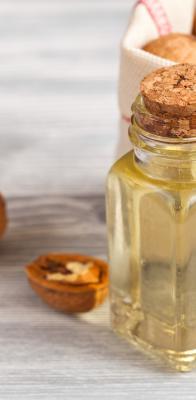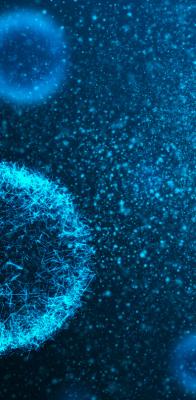What is salicylic acid?
Salicylic acid is an organic acid naturally present in willow bark. It belongs to the BHA (beta-hydroxy acid) family.
In our cosmetic products, it appears in the list of ingredients on the packaging, under the name SALICYLIC ACID.
Where does it come from?

Salicylic acid is a colourless crystalline solid. It is a chemical molecule produced in the plant world. It is naturally present in several plants, in particular meadowsweet and willow, a tree known since ancient times, in particular for its anti-inflammatory properties.
Salicylic acid was first extracted in 1829 by a French pharmacist, Pierre-Joseph Leroux.
What is it used for?
Salicylic acid is widely used in the cosmetics industry for its exfoliating and antiseptic properties. It is recommended by dermatologists in the treatment of acne and warts. It is found in some anti-dandruff products. It is also used as a preservative, to protect formulas against the growth of micro-organisms.
-
Exfoliant
-
Antiseptic
-
Preservative
Why is it questioned?
Too frequent use may cause eye irritation and dry skin. It is also suspected of being an endocrine disruptor. Chemical regulations in Europe classify salicylic acid as a category 2 reprotoxicant (i.e. CMR2 with reference to the CMR classification).
The Facts:
- In 2018, the Scientific Committee on Consumer Safety (SCCS) gave a positive opinion on the use of Salicylic Acid: it is considered safe in cosmetic products.
- It can cause eye irritation in contact with the eyes.
- The level of salicylic acid in skin care formulas is optimized to avoid causing skin dryness.
- A few years ago, chemistry regulations had categorized salicylic acid as a category 2 reprotoxic ingredient. In June 2023, the Scientific Committee for Consumer Safety (SCCS) published a new positive opinion for its use in cosmetic products, given the conditions of use and the concentration at which it is frequently used. As a preservative, its concentration in products is allowed up to 0.5%. For uses other than conservation, its maximum authorized concentration is sometimes higher. In its latest opinion, the SCCS provides a summary table of the maximum concentrations for which the use of salicylic acid is without risk for the consumer, depending on the categories of products for which it is used. Its use in this type of product is subject to strict safety evaluation, as is the case for all our products.
- As part of the European Cosmetic Products Regulation, the European Commission has identified 28 substances suspected of being endocrine disruptors. The Scientific Committee for Consumer Safety is responsible for examining their possible endocrine activity harmful to consumer safety. In its latest opinion of June 2023, the SCCS affirms that after review of the data currently available, including those making it possible to evaluate its potential endocrine effects, the use of salicylic acid in cosmetics under the defined conditions is safe to consumer health.
How is it used in our products?
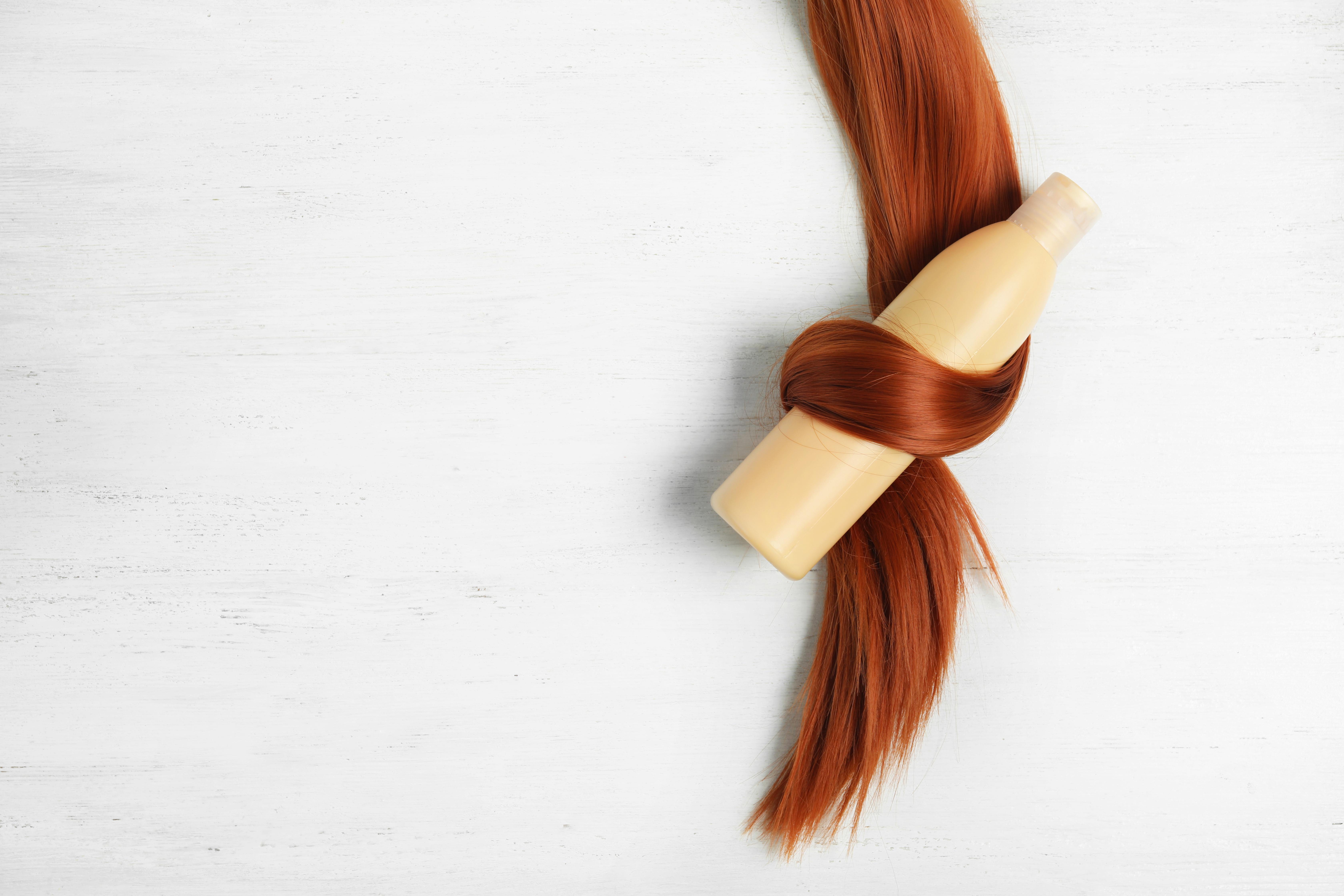
We use it as a preservative in combination with sodium benzoate in our skin and haircare products (e.g. shower gels and shampoos). It is one of the few preservatives authorised by organic labels.
We also use it in some haircare products for its anti-dandruff properties.
We use it in skincare products, especially in “anti-acne” skincare for its exfoliating and keratolytic properties (removing dead cells from the surface of the skin). Its exfoliating action helps renew skin cells. Its use in skincare products helps to reduce blemishes in acne-prone skin. We optimise the concentration of salicylic acid in our formulas to limit skin dryness. When first used, it is not uncommon to feel a slight tingling sensation, and the skin may peel, redden or dry out. This is perfectly normal, although it may be helpful to reduce the treatment frequency during the first applications, to give the skin time to adapt.
Like all our formulas, those containing salicylic acid are systematically subject to strict evaluation of their quality and safety. This is a fundamental principle that is applied in all countries where we market our products.



